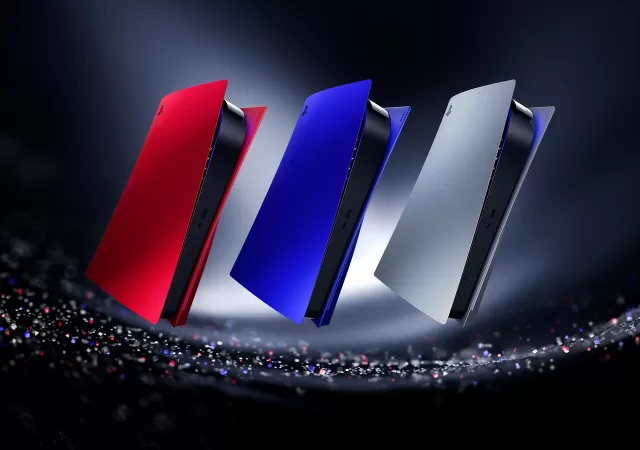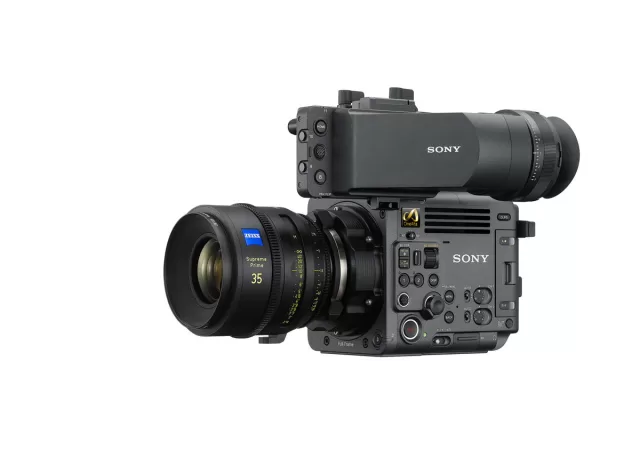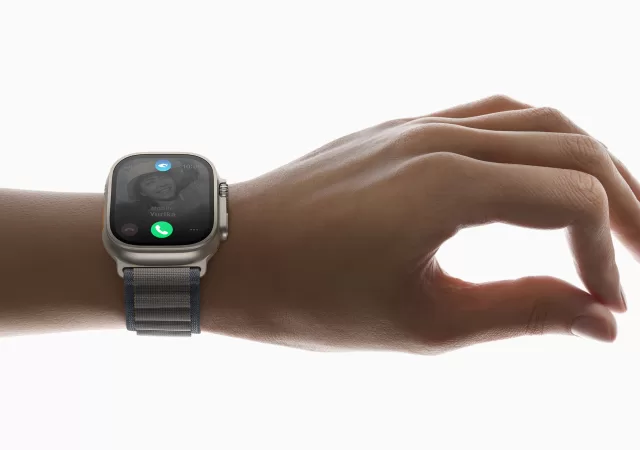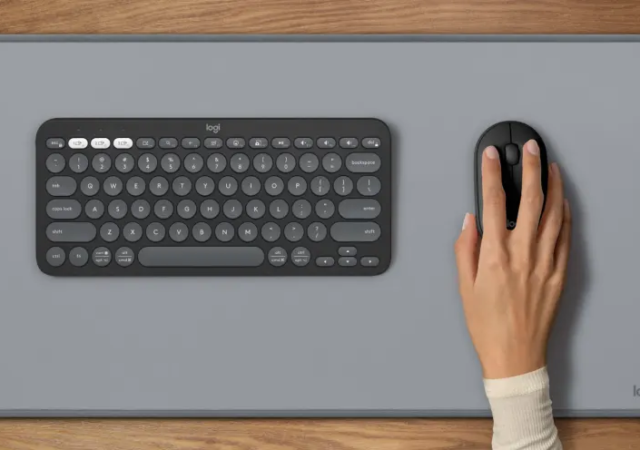Sony announces the “Deep Earth” collection to customise your Playstation 5 setup consisting of three vibrant hues for that pop of colour.
Mario Kart 8 Deluxe & Animal Crossing: New Horizons Get New Bundles – Again – for the Holidays
Nintendo announces holiday bundles for the Nintendo Switch featuring Mario Kart 8 Deluxe and Animal Crossing.
Unity’s Controversial Per-Install Pricing Model Angers Game Developers
Unity technologies, the company behind the Unity Game Development engine, announced a new pricing model that has developers up in arms.
Android Auto Now Gives You Weather Updates
Google brings more updates to Android Auto in the form of apps like Zoom, WebEx, Prime Video, and most importantly the Weather Channel app.
Sony Burano – 8K Run-and-Gun? No Problem!
Sony releases their latest CineAlta camera made for run-and-gun documentary style films, the new BURANO with 8K recording capabilities.
USB-C Comes to the 2nd Generation AirPods Pro
Apple also stealthily updated the AirPods (2nd Generation) with a USB-C and MagSafe while keeping all the features intact.
The Apple Watch Series 9 & Apple Watch Ultra 2 Unleashed with 100% Carbon Neutrality
Apple is pushing the boundaries with their new lineup of Apple Watches with the Apple Watch Series 9 and the Apple Watch Ultra 2. The latest additions bring along with them several new features including a new processor – the…
The Apple iPhone 15 and iPhone 15 Pro series are Here! USB Type-C Finally!
Apple releases their latest iPhone 15 and their most advanced iPhone 15 Pro series powered by a 3nm A17 Pro chip and packing USB type-C ports
YouTube Is Going to Have Fewer Ad Breaks on TVs But They’ll Be Longer
Google is experimenting with fewer ad breaks on TV but they may be longer than what is available now.

















